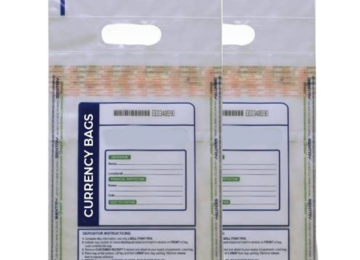The healthcare industry is constantly evolving, and hospital billing is no exception. For years, patients have grappled with complex, opaque billing processes, leading to frustration and confusion. However, the future promises a more streamlined, transparent, and patient-centric approach to hospital billing, driven by technological advancements and a growing demand for greater financial clarity. We’re on the cusp of significant changes that will reshape how hospitals manage their revenue cycle and how patients interact with their medical bills. This includes innovations in software design, data security, and the very nature of patient-hospital communication regarding finances.
Blockchain Security: A Revolution in Transactions
One of the most promising innovations in hospital billing is the application of blockchain technology. Known for its security and transparency in cryptocurrency, blockchain can revolutionize the way medical billing records are managed. Imagine a system where every billing transaction, from the initial visit to the final insurance claim, is recorded securely and immutably on a shared ledger. This provides all parties involved – hospitals, insurance providers, and patients with a shared source of truth, reducing the chances of errors and fraudulent claims. This increased transparency and security has the potential to drastically reduce disputes and allow for faster processing times, leading to less hassle for everyone in the healthcare ecosystem.

Telemedicine Integration: Billing Beyond the Bedside
The rapid rise of telemedicine has introduced new complexities to billing procedures. As virtual consultations become more commonplace, hospital billing systems must adapt to accommodate these new forms of care. Future billing software will need to seamlessly integrate telemedicine data, differentiating between virtual and in-person services, and accurately coding and billing for these nuanced interactions. Furthermore, software must allow for a user-friendly design that allows consumers to understand telehealth bills easily. This integration will be vital for ensuring that telehealth services are accurately and efficiently billed, opening up options for patients who need the care, but cannot access it face to face. Choosing the hospital billing software with the right setup would be essential here.
Enhanced Patient Portals: Transparency and Control
Patient portals are rapidly evolving from simple appointment scheduling tools to comprehensive platforms for managing all aspects of their healthcare. The future will see portals integrated with robust billing features, providing patients with real-time access to their medical bills, detailed explanations of charges, and personalized payment options. Furthermore, these portals will be able to integrate with existing financial systems. This will enable patients to proactively manage their healthcare finances, dispute inaccuracies and reduce the anxiety often associated with hospital billing. Enhanced transparency and control empowers patients and promotes trust in the billing process. In parallel with improving patient experience, hospitals are also rethinking how to increase inpatient revenue through smarter billing strategies, optimized bed utilization, and better alignment between care delivery and reimbursement models.
Looking Ahead: A Patient-Centric Future
The future of hospital billing is bright, driven by a combination of technological innovation and a growing emphasis on patient experience. Blockchain, telemedicine integration, and enhanced patient portals are just a few of the trends that will reshape the industry in the coming years. We can look forward to a future where billing is more transparent, secure, and patient-centric, reducing the financial burden and confusion often associated with healthcare. By embracing these innovations, hospitals can enhance their financial stability while building stronger, more trusting relationships with their patient communities.











